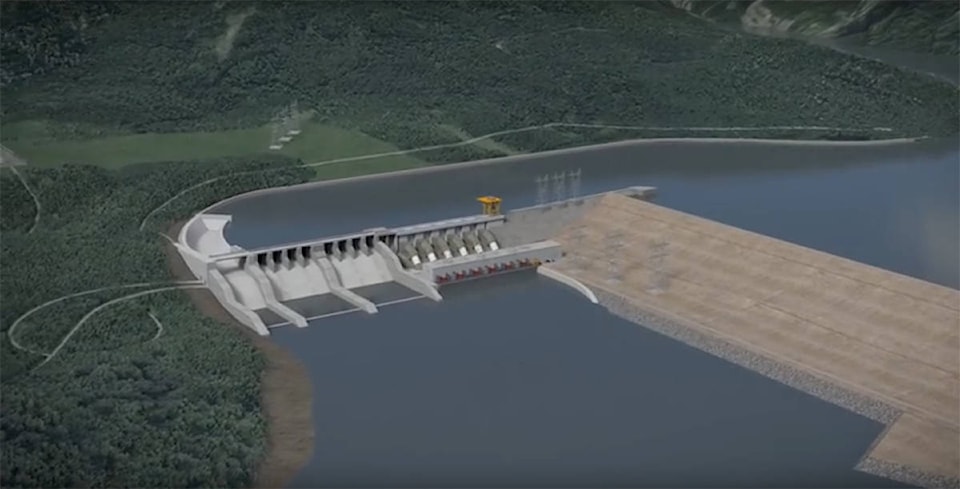I don’t normally feel sorry for politicians when they have to make decisions on tough topics.
That’s what we pay them for, after all.
But I did feel sorry this week for the NDP government having to come out with a decision on the Site C dam project.
They were damned if they did and damned if they didn’t (pun intended). There was never going to be a decision that was going to be in any way popular.
It went as I had expected it to.
I can see both sides of the decision they were facing. Had the project been proposed just now, with no money spent on it yet, I would easily have said it should be scuttled. The environmental costs of the project are high (destruction of farmland, contamination), and various First Nations groups have already vowed to legally fight the dam.
Beyond that, I don’t think megaprojects of any kind are the future of energy production in British Columbia, or, indeed Canada.
Renewables are definitely the way of the future, but giant dams are the thinking of the past. The way forward is more numerous, smaller, regionally specific mixes of hydro, solar, goethermal, wind, tidal and likely more that we haven’t even come up with yet.
It may not seem as tidy as saying we’ll just build one big dam and be done with it. But it is the way to best take advantage of the options open to us with our range of geography and climate, with the smallest possible footprint on the environment. Because let’s face it, however we generate power, there is always an environmental downside. We just want to choose to do the least, and preferably most reparable, damage.
What made the choice here so difficult is that the Site C dam is already well underway. One cannot ignore the $4 billion that it would cost to shut it down. Could we afford the jump in hydro costs to pay for something that doesn’t exist, should the project not be completed? And do we want to ax $4 billion worth of desperately needed spending on social programs to pay the bill?
On the other hand, the argument that the government could have just made users continue to pay tolls on the Port Mann bridge rather than take on $4.7 billion in debt (interesting number), which would have made cancelling Site C a wash financially, is pretty compelling.
I’m still not sure I agree with the decision Premier John Horgan and his government have made, but I do understand it and why it was made.
